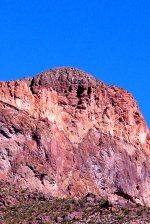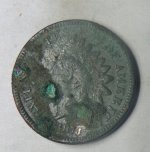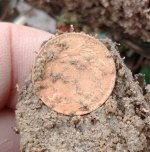Oroblanco
Gold Member
- Jan 21, 2005
- 7,838
- 9,830
- Detector(s) used
- Tesoro Lobo Supertraq, (95%) Garrett Scorpion (5%)
Guys some very nice work on the history!
Roy,
You wrote: The 1867 territorial census has Jacob WALS (probably a misspelling) listed as a farmer living in Phoenix, which page for some reason would not allow me to copy and post. However if you go to Ancestry dot com and do a search on the 1867 AZ territorial census you will find it.
I tried to duplicate your search on Jacob WALS and I can't find him in the 1867 Territorial census. I always thought Phoenix wasn't named until Duppa in 1870? Any help in clearing up my confusion will be apprecated.
Thanks, Garry
I just took a look and could not find it again myself. I could be in error.
According to the city of Phoenix history online site, the post office was established in 1868 with Jack Swilling as postmaster of the city of Phoenix.
On the Adams/Bichard saga, really if you look at the 1870 census, it looks like Adams owns the place and Bichard, Walbridge and the other "helper" are working for him.
Side thing Amie White and William BUCHARD residents of Pima Villages 1867 census page 261, entries #1634 and 1635 on Ancestry dot com, this link probably won't work
https://www.ancestry.com/interactiv...rue&usePUBJs=true#?imageId=43143_542691-00260
Buchard is probably a misspelling of Bichard. But if William had founded the mill in Adamsville in 1865, why is he listed as living in the Pima villages in 1867? Perhaps Adamsville was simply included in the Pima villages for that census?
The previous year another census was done, 1866, and
A. White is listed as living in the Pima villages in the 1866 census, no Bichard however <page 95 on Ancestry dot com, Arizona Territorial Census records 1864-1882> so it appears that Bichard was not living there, maybe he was busy in Adamsville?
I will keep looking, sorry if I made a mistake there.





 so I'm waiting for that...
so I'm waiting for that...


 I couldn`t find a smiley smokin` a joint.
I couldn`t find a smiley smokin` a joint.


